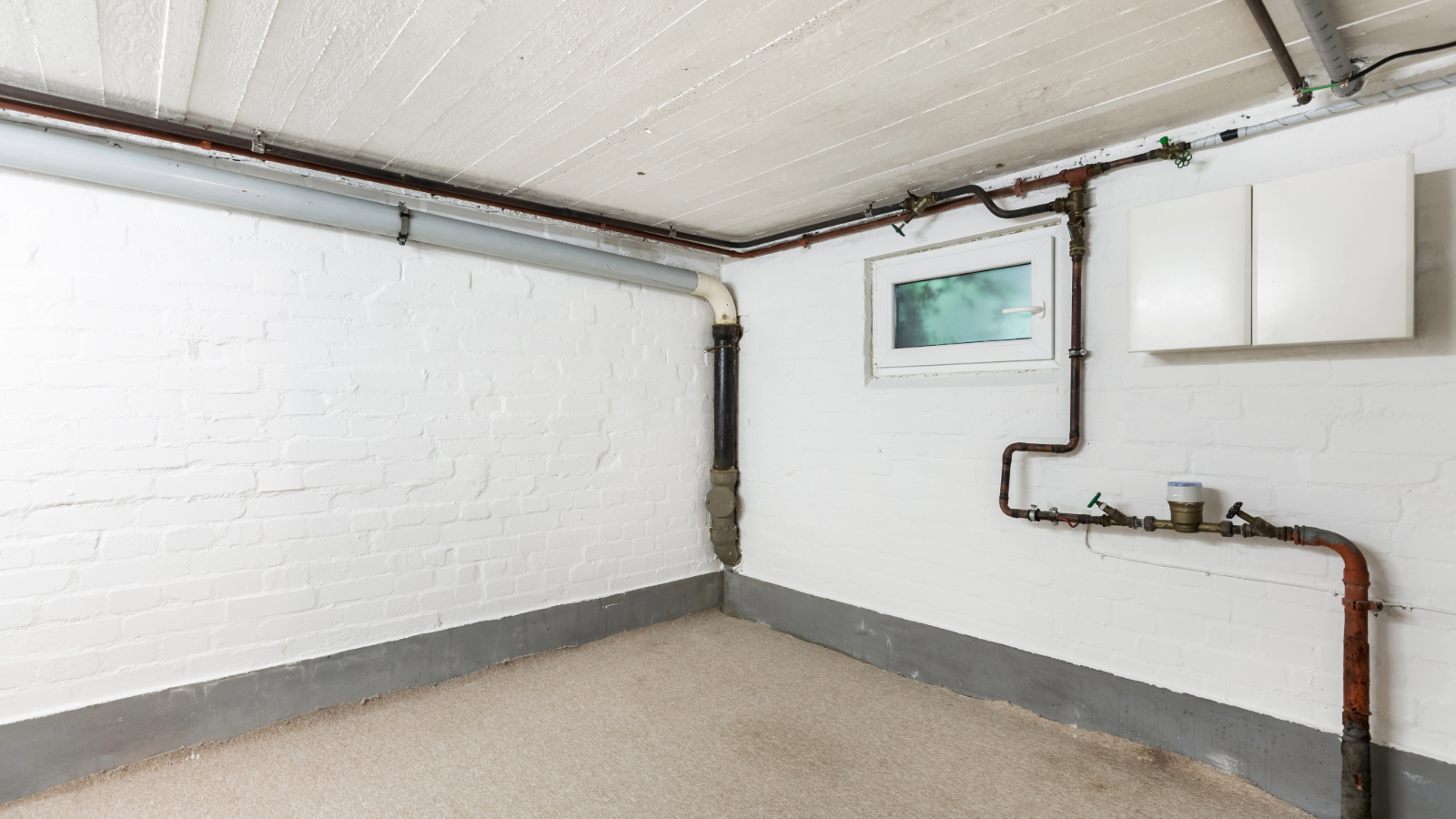
While we swelter in the heat, many of us will be wondering how much does it cost to run a fan.
No doubt those who work from home in particular will be hoping the cost is low enough to keep those fans running all day, especially as temperatures soar to 30C.
In this article we break down the varying costs of running different types of fans to beat the rising mercury.
For a wider overview of saving cash through energy efficiency, take a look at our article on energy saving tips.
How much does it cost to run a fan?
How much does it cost to run a fan depends on a variety of factors, such as the size and energy efficiency of the room you want to cool, the climate where you live, and when you want to run the fan.
For your average 45W desk fan, like this 12" grey one from John Lewis, it will cost just 1p to run an hour. But, the cost to run a more powerful and therefore arguably more effective 220kW Dyson fan, which also has an air purifier, costs around 66p per hour to run.
Dan Moore at PriceYourJob says: “The cost to run an air conditioning unit or fan does depend on how power hungry the gadget is, what setting you’re using and how long you have it on. Your energy tariff also affects the cost.”
Bring your dream home to life with expert advice, how to guides and design inspiration. Sign up for our newsletter and get two free tickets to a Homebuilding & Renovating Show near you.
To work out the cost of running a fan, you need to know how much you pay for one unit of energy (1kw), which should be listed on your energy bill. The national average price per pence/kWh of electricity is 30p per kWh due to the current energy price freeze. This will end on July 1 and be replaced by the energy price cap.
Next, you need to work out the kW output of your fan. You can do this by checking its wattage which can be found on the fan or the instruction leaflet. Once you know the wattage, convert this figure into kilowatt-hours by simply dividing the wattage by 1,000. This will reveal the amount of energy your fan uses per hour.
Multiply these two figures, the cost of a unit of energy by the kW output of your fan, and that will be how much it is costing to run your fan per hour. To work out how much this is costing you per day, you can multiply by how many hours your fan is switched on.
For example, a 45W fan will cost 1p to run each hour under current 30p per kWh rates (45/1000 = 0.045, then 0.045 x 0.30 = 0.0135).
Which types of fan use the most energy?
Box fans, like this 20" 3-speed fan from Amazon, consume 0.075 kWh worth of electricity per hour at full speed. With an average electricity price of 30p, these fans can cost up to 23p per hour. For an eight-hour working day, this would cost £1.80.
Tower fans, like this 30" Pro Breeze tower fan, use 0.06 kWh on average, costing around 2p per hour to run. If left on for 24 hours, this would add around 43p to your energy bill.
Standing fans, like this Netta standing fan on Amazon, can use up to 0.04 kWh each hour - costing 1p for each hour they are used and around 10p per eight-hour day.
And, as previously detailed with the Dyson cooling fan and air purifier, any fan that has an additional job like air purifying is likely to also be much more expensive to run too.
Which fans are the cheapest to run?
Identifying the ‘cheapest’ fan is all about looking at the wattage. The lower the wattage, the cheaper the cooling fan will be to run. However, on the flip side, lower wattage often also equates to lower power, meaning it won't be as effective at cooling you down.
That said, most cooling fans really aren't very power hungry (1p an hour is a pretty decent cost) and aren't as expensive to run as one may assume. That said, there are things you can do to make sure you are running your fan as cheaply and efficiently as possible.
"Many will keep their fans in storage during the colder months. However, this means they will have accumulated a lot of dust once you get them out - reducing their efficiency. Before switching them on, be sure to remove any dust from the blades and any other surfaces before using your fan to boost their efficiency," Andy Kerr, founder at BOXT, explains.
“Fans are their most efficient on their lowest power setting, so pick the slowest speed which will give you a decent cooling breeze. Additionally, whilst you may be tempted to place your fan in front of an open window to try and improve its cooling effect, if it’s an especially hot day, this may result in blowing warm air throughout your home.
“Instead, you should try placing a bowl of ice cubes or cold water in front of the fan, which will help to circulate a cool breeze throughout your property.”
There are other steps you can take when looking at how to cool down a room. Closing curtains and windows when the day is at its hottest can actually cool your home down by stopping heat. Light coloured blinds and curtains made of a weightier fabric offer the best heat-blocking potential, according to British Gas.
Hanging a wet sheet in front of an open window cools the air as it enters your home, and is a useful way of cooling down without using a fan.
If you’re using a fan, closing off unused rooms during the day will keep the house cool in summer by focusing your cooling efforts where you’ll feel them the most.
Sam is based in Coventry and has been a news reporter for nearly 20 years. His work has featured in the Mirror, The Sun, MailOnline, the Independent, and news outlets throughout the world. As a copywriter, he has written for clients as diverse as Saint-Gobain, Michelin, Halfords Autocentre, Great British Heating, and Irwin Industrial Tools. During the pandemic, he converted a van into a mini-camper and is currently planning to convert his shed into an office and Star Wars shrine.

